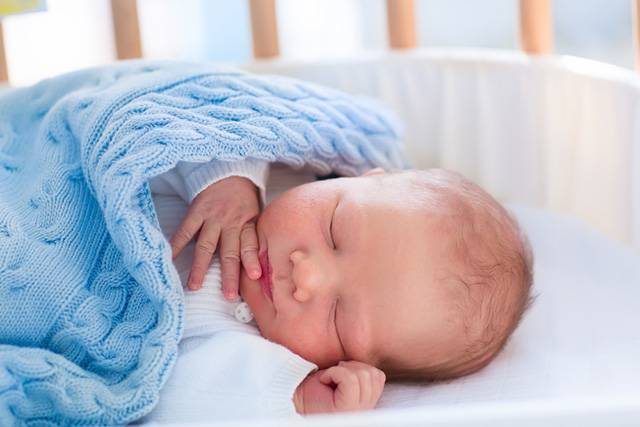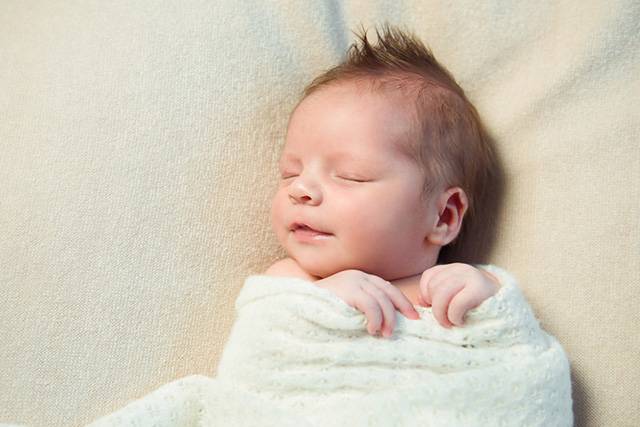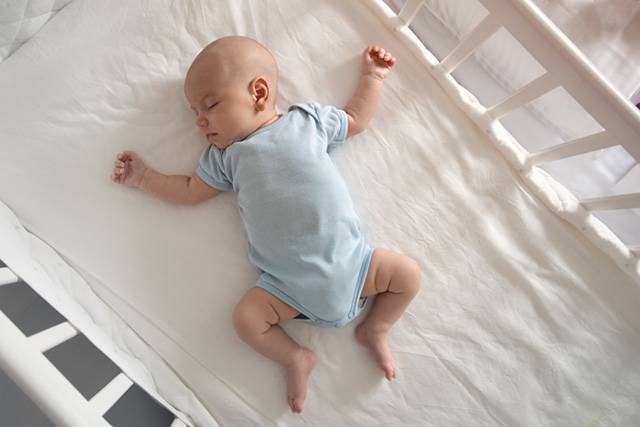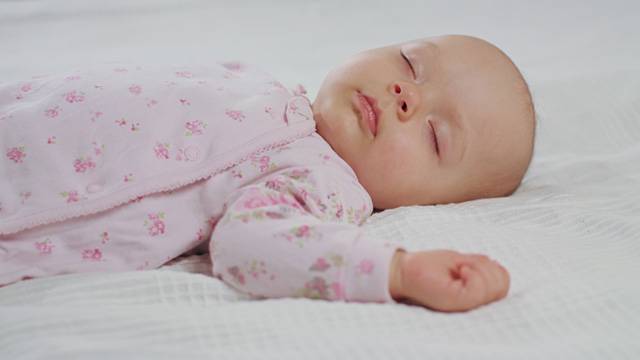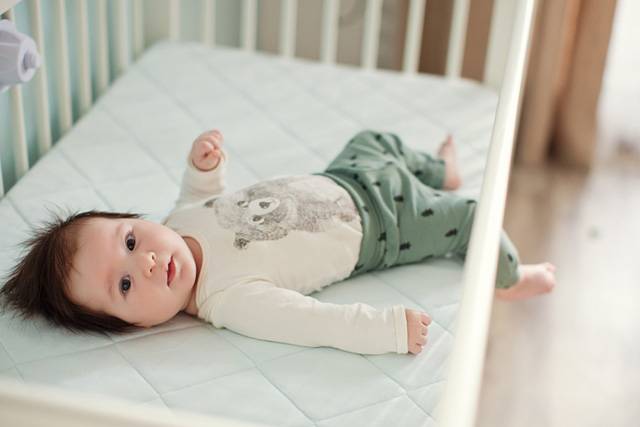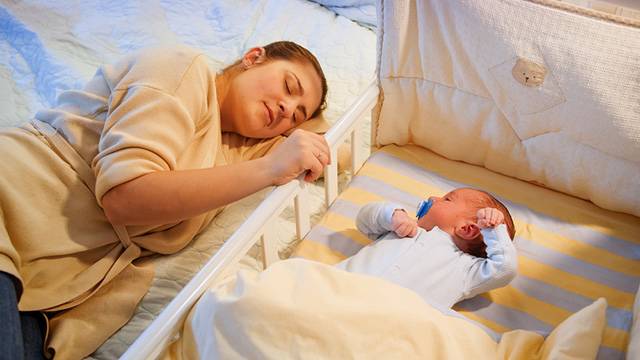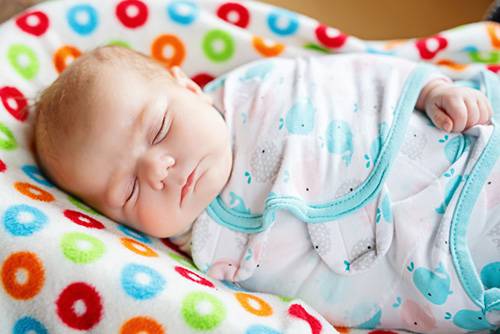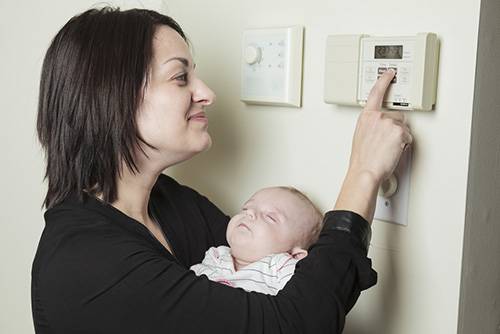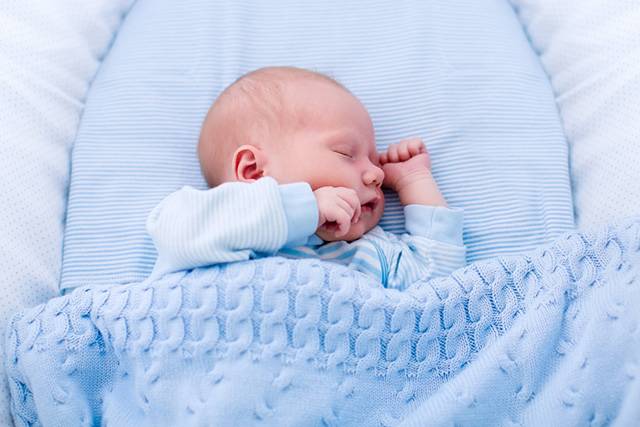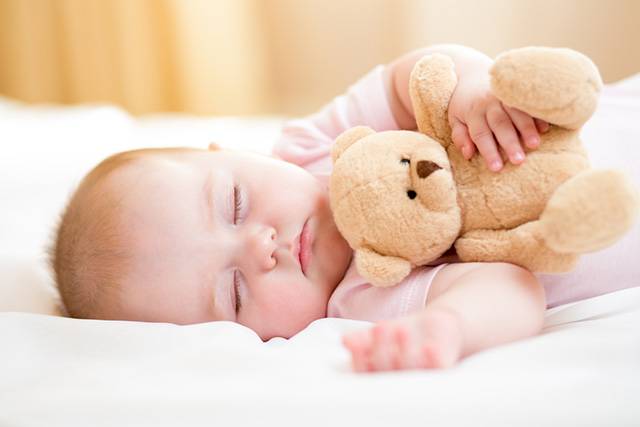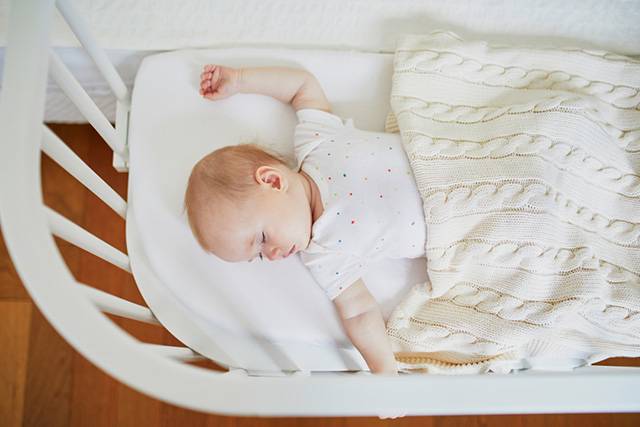Babies are at a crucial stage of development for their minds and body. They are extremely fragile and therefore, must be handled with immense care. There are a lot of precautions to discuss when it comes to sleeping with an infant, especially the long-term question of whether or not babies can sleep with a blanket, and when is the most appropriate time to introduce them?
What is the Minimum Age to Offer a Blanket?
Seeing your child lying alone in their crib with nothing to cover themselves with may seem like a heart-breaking sight when in reality, it’s the most ideal situation for them. Infants cannot do anything for themselves, not even lift themselves up. Items such as blankets, pillows, and toys become a hazard for their safety.
Your child should not have any accessories with them in their bed for the first year. Within this time, make sure you are nearby to meet all of their needs as soon as they require them.
Why are Blankets Dangerous for Babies?
The leading cause of infant deaths is SIDS (sudden infant death syndrome), which is typically caused by suffocation. SIDS is an imminent concern for children between birth and 12 months of age.
A blanket is a large sheet that is used to cover you up at night, but older people have the understanding of suffocation developed in their brain and the ability to move the blanket off of themselves if they feel too stuffy underneath it. Infants do not have this ability. If the baby blanket is too heavy or they are suffocating underneath it, there is nothing they can do for themselves. Blankets can easily cover up a child’s mouth or nose when they are sleeping.
Precautionary Measures to Take for Your Baby’s Sleep
There are ways you can protect your baby while they are sleeping. Follow the basic ABC’s of parenting a sleeping baby, and you’ll be good to go.
A stands for Alone, which means no one, not a sibling, parent, or pet, will sleep on the same bed as the baby. This also means that blankets, pillows, toys, are all absent from the area as well. The crib should have only a fitted sheet over the mattress and your baby inside of it.
B stands for Back, which is the position in which your baby should be sleeping. Whenever you place your baby down to sleep, always place them on their back. Sleeping on their side or stomach could result in suffocation or difficulty breathing. Babies cannot lift their own heads up which means if their nose or mouth are blocked, they once again cannot do anything about it.
C stands for Crib, which is one of three appropriate places to lay a baby to sleep. A crib, bassinet, or playpen are the best places for your child to sleep, since they are protected and free of dangerous items. These are made specifically with infants kept in mind, so naturally, they are ideal. Bouncers and swings are not good ideas since they constantly move, and having your child on an open bed, such as your own, can result in them falling off the edge.
During the first year of your baby’s life, sleep in the same room as them, but not bed. You’ll want to be nearby whenever they cry, since this implies they need something. Once they are older and have started moving around or building a greater sense of material items, you can consider giving them their own room.
While they are still sleeping in your room, make sure to check whether they’re hot or cold at night. Place a hand on the back of their neck to detect sweat or chills. You can also check their cheeks to see if they’re flushed or not. When you layer up your child, layer them up twice as much as you layer yourself.
Alternatives to a Blanket
Not giving your child a blanket doesn’t mean you can’t layer them up in the cold. As an alternative, you can use a swaddle or dress them in a footie pajama so they’re snug and warm. Place your child in a room where there is an air conditioner in the summer and a heater in the winter, so you can safely place them in additional layering and manipulate the environment they’re sleeping in.
The ideal temperature for a baby’s room is 68 to 72 degrees Fahrenheit. This translates to 20 to 22 degrees Celsius.
Blanket Considerations
Once your child is capable of sleeping with a blanket, there are some safety considerations to keep in mind since they are still immature and learning. Children always have a way of making something that isn’t extremely dangerous.
The size of the blanket should be no bigger than the child, reaching from feet to chin so they can’t cover their head with it. The bigger the blanket is, the more danger there is of suffocation. The fabric of the blanket should also be soft and comfortable, possibly hypoallergenic for maximum protection.
Blankets which have decorations such as small buttons, ribbons, strings, sequins, are not an option. These are choking and strangling hazards for your child while they are asleep, and the child’s mind is not as efficient at detecting danger when they’re asleep as that of an adult. Weighted blankets are also dangerous to use with children below the age of 3.
Accessory Considerations
There are also considerations to make about accessories you place in your infant’s bed and room once they are old enough to handle them.
Some children are much more hyperactive than others, so it’s important to introduce toys and decorative items later in their life. When giving them toys, consider the material, weight, and smaller components of the toy. Is there anything present on the toy that could make them uncomfortable or harm them?
Once you give them a blanket, you have to consider the weight, material, and size of the blanket. When tucking your children in, make sure to also tuck the sides of the blanket into the sides of the crib, so they move around less and don’t shuffle themselves underneath the blanket. Keep the pillow count at a low so they don’t suffocate underneath them.
When it comes to the rest of the room, make sure there are no heavy decorations near the crib or bed. This could be lamps, paintings, or wired electronics. Children can very easily get their hands on something they shouldn’t touch. Keep lowering the mattress in the crib as your child grows and begins to stand in bed. Finally, baby-proof their room. Place a rug in the room, soften corners, and keep furniture at a minimum.
Keep Your Baby Safe
Finally, we have some general tips to keep in mind.
Your child’s back is the best position to sleep on, but once they begin to shuffle and turn themselves in their sleep, there’s no need to place them back on their back. This simply means they are gaining the momentum and strength to move themselves on their own.
Their bed should always be firm. They should not be able to sink into their mattress as this can become a suffocation hazard. It’s also worth considering having a pacifier for them to sleep with. This pacifier should be bulky and large, so there are no smaller parts to choke on, but at the same time not too heavy.
Second and third-hand smoking is not an option near a child. Second-hand smoking is inhaling the fumes from someone else’s cigarette, while third-hand smoking is breathing in the smoke absorbed within blankets, shirts, and cushioning. Try to use breastmilk instead of formula, since this naturally gives children the nutrients, they need to help them fight off illness and infection.
Keeping all of this in mind, you should be good to go when it comes to caring for your child in their sleep.
Photo credit: FamVeld/Shutterstock; Iren_Geo/Shutterstock;
Ruslan Galiullin/Shutterstock; m-agention/Shutterstock;
aprilante/Shutterstock; kryzhov/Shutterstock;
Romrodphoto/Shutterstock; Lopolo/Shutterstock;
Oksana Kuzmina/Shutterstock; Ekaterina Pokrovsky/Shutterstock
